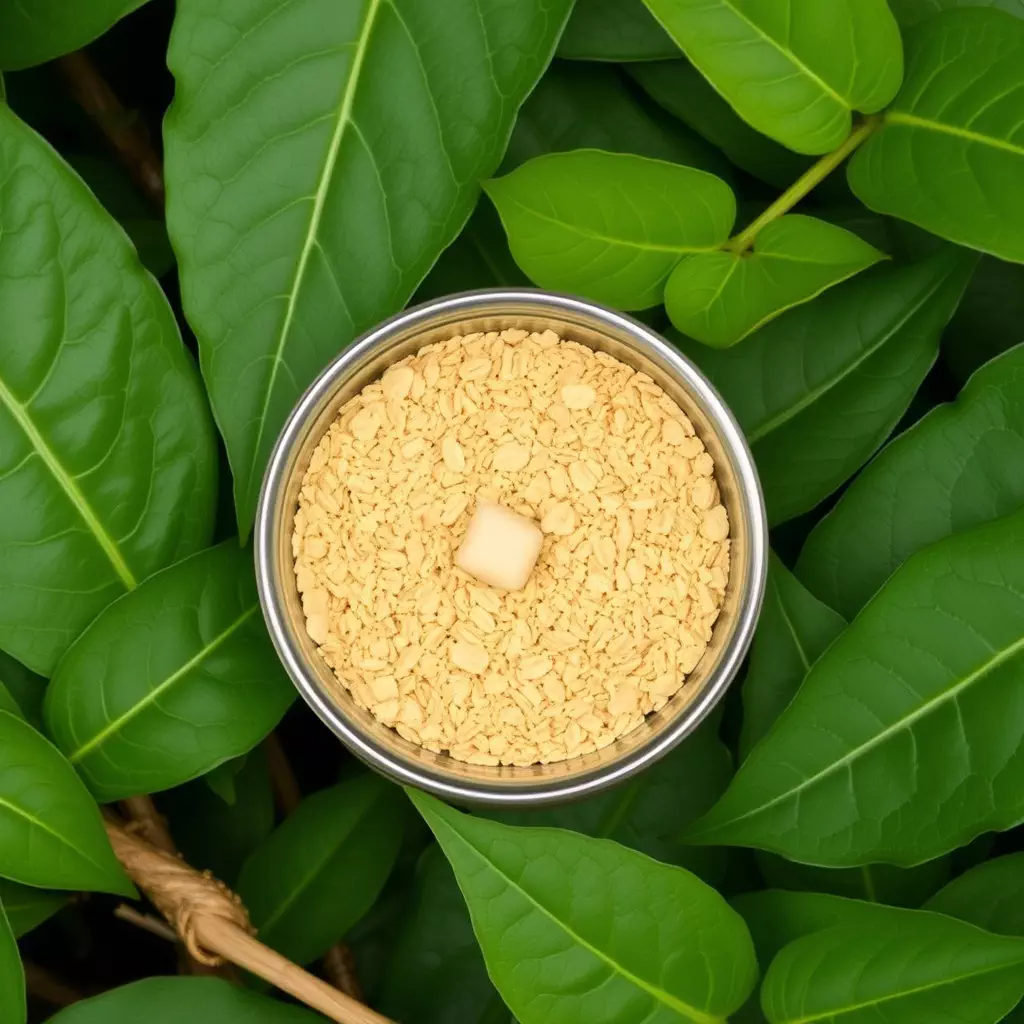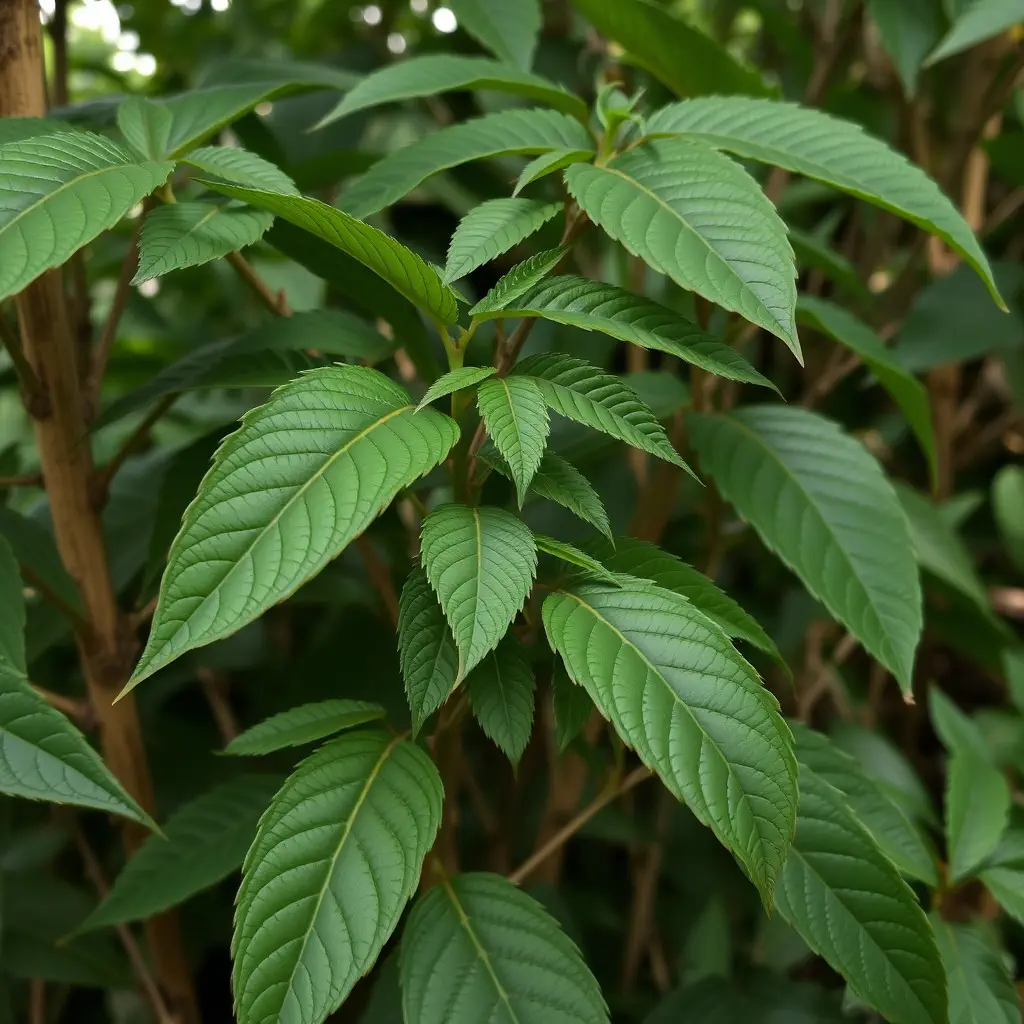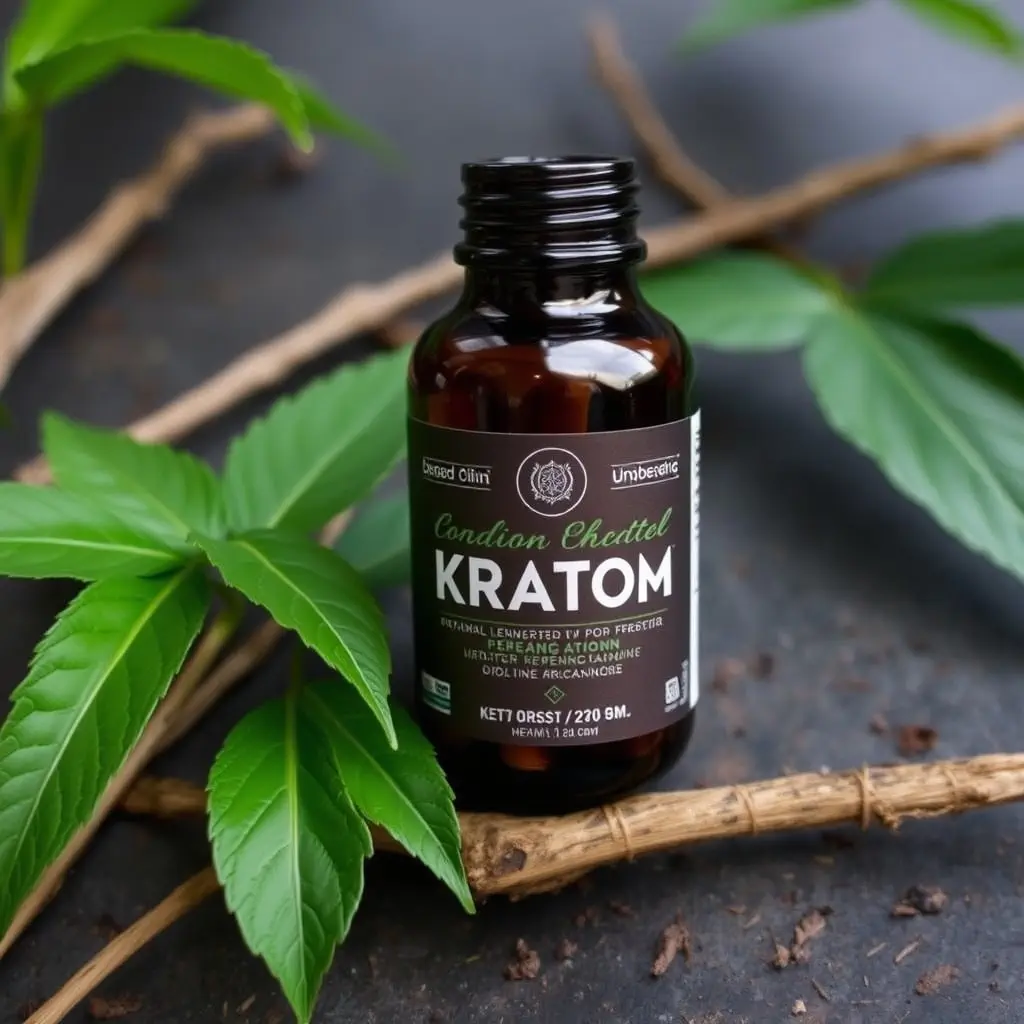Hite Vein Kratom Powder is a natural product derived from the Mitragyna speciosa tree that is being explored for its potential to help manage chronic pain. It contains alkaloids like mitragynine and 7-hydroxymitragynine, which may interact with opioid receptors to provide analgesic effects, potentially offering a safer alternative to traditional opioids with fewer side effects. Hite Vein is known for its uplifting and energizing properties, which can be beneficial in coping with chronic pain. Research on its efficacy and safety is ongoing, and it's important to approach its use with caution due to regulatory considerations and the need for professional medical advice. Users should start with low doses, monitor their responses, and adhere to local laws regarding Kratom use. A holistic approach that includes physical therapy, mindfulness, and proper nutrition, in addition to High Vein Kratom, is recommended. Regular consultation with healthcare providers is essential for safe and effective pain management, especially considering the potential for dependency and adverse reactions. Personalized experimentation with different strains of Kratom may be necessary to determine what works best for individual needs.
exploring the complexities of chronic pain management, this article delves into the potential benefits of High Vein Kratom powder as an integrative therapy. We’ll examine the scientific basis for its use, guide readers through selecting the most effective strain for their condition, and offer practical advice on incorporating it safely into a comprehensive pain strategy. Join us to uncover how High Vein Kratom could play a role in your pain management journey.
- Understanding Chronic Pain and Kratom's Role: An Overview of How Mitragyna Hilaria Can Aid in Management Strategies
- Navigating the Varieties of High Vein Kratom Powder for Effective Chronic Pain Relief
- Integrating High Vein Kratom into a Holistic Chronic Pain Management Plan: Dosage, Safety Considerations, and Best Practices
Understanding Chronic Pain and Kratom's Role: An Overview of How Mitragyna Hilaria Can Aid in Management Strategies

Chronic pain, characterized by persistent and often severe discomfort that can last months or even years, significantly impacts an individual’s quality of life. It can stem from various sources, including injuries, diseases, or conditions like arthritis and fibromyalgia. Managing this type of pain is a multifaceted challenge that often requires a comprehensive approach involving medication, physical therapy, lifestyle changes, and sometimes alternative treatments. Among these alternatives, Kratom, specifically strains like hite Vein Kratom Powder, has gained attention for its potential role in chronic pain management.
Kratom, derived from the leaves of the Mitragyna speciosa tree, has been traditionally used in Southeast Asia for its various therapeutic properties. Hite Vein Kratom Powder, in particular, is known for its stimulating and uplifting effects, which may help individuals cope with chronic pain by improving mood and energy levels. The alkaloids present in hite Vein Kratom, such as mitragynine and 7-hydroxymitragynine, are believed to interact with the body’s opioid receptors, providing analgesic effects. Users often report that this strain can help alleviate chronic pain without the side effects commonly associated with prescription opioids. It’s important for those considering hite Vein Kratom Powder as part of their pain management strategy to consult with healthcare professionals, particularly given the regulatory status of Kratom in various regions. Additionally, while anecdotal evidence supports its use, scientific research continues to explore the full extent of its efficacy and safety for chronic pain conditions.
Navigating the Varieties of High Vein Kratom Powder for Effective Chronic Pain Relief

High-vein Kratom powder, derived from the leaves of the Mitragyna speciosa tree, has been a subject of interest among individuals seeking natural pain relief. When it comes to managing chronic pain, the variety of Kratom strains can be both a boon and a challenge due to their distinct alkaloid profiles. The High Vein Kratom varieties, specifically, are known for their potent effects, which can range from energizing to sedating depending on the strain. For those looking to harness the analgesic properties of Kratom for chronic pain relief, understanding the nuances between these strains is crucial.
The Red Vein Kratom strains are often preferred for their soothing and relaxing effects, which can be particularly beneficial for alleviating chronic pain. The Red Bali and Red Borneo varieties are renowned for their ability to provide lasting relief, reducing the frequency of painful episodes. Similarly, the Green Malay High Vein Kratom is celebrated for its fine balance between energy and relaxation, making it a versatile option for those who need to maintain some level of activity while managing pain. It’s important for users to experiment with different strains and dosages to determine what works best for their unique conditions, as individual responses to Kratom can vary greatly. Always consider consulting with a healthcare provider before incorporating High Vein Kratom powder into your chronic pain management plan to ensure safety and efficacy.
Integrating High Vein Kratom into a Holistic Chronic Pain Management Plan: Dosage, Safety Considerations, and Best Practices
When integrating High Vein Kratom powder into a holistic chronic pain management plan, it is crucial to approach its use with careful consideration of dosage and safety. High Vein Kratom, known for its potent alkaloid profile, can be an effective component in managing chronic pain. Users should start with a low dosage to gauge individual sensitivity and potential effects. A common recommendation is to begin with a gram or less of the powder, which can be incrementally increased as tolerance develops. It’s important to monitor both the pain relief outcomes and any side effects. Safety considerations also involve understanding the legality of Kratom in one’s jurisdiction and adhering to those regulations.
Best practices for incorporating High Vein Kratom into a pain management regimen include regular monitoring of dosage levels, considering the potential for dependency or adverse reactions, and maintaining open communication with healthcare providers. Additionally, it’s advisable to combine Kratom use with other non-pharmacological interventions such as physical therapy, mindfulness practices, and proper nutrition to achieve a comprehensive approach to pain relief. Regular assessments of the effectiveness of High Vein Kratom should be conducted, with adjustments made to dosage or the inclusion of additional therapies as necessary. Users should also be aware of the potential for drug interactions, particularly with prescription medications, and should consult with a healthcare professional before making any changes to their pain management plan.
In conclusion, chronic pain management presents unique challenges, with individuals often seeking alternative methods to alleviate their discomfort. High Vein Kratom Powder has emerged as a potential natural option for some, offering a complementary approach when integrated into a holistic pain management strategy. This article has delved into the multifaceted nature of chronic pain and the role of High Vein Kratom in its management. Understanding the nuances of kratom, such as its variety and correct dosage, is crucial for safe and effective use. As with any health intervention, it’s important to consult healthcare professionals before incorporating High Vein Kratom Powder into your wellness regimen. With careful consideration and guidance, High Vein Kratom may serve as a valuable component in addressing the complex needs of those dealing with chronic pain.






